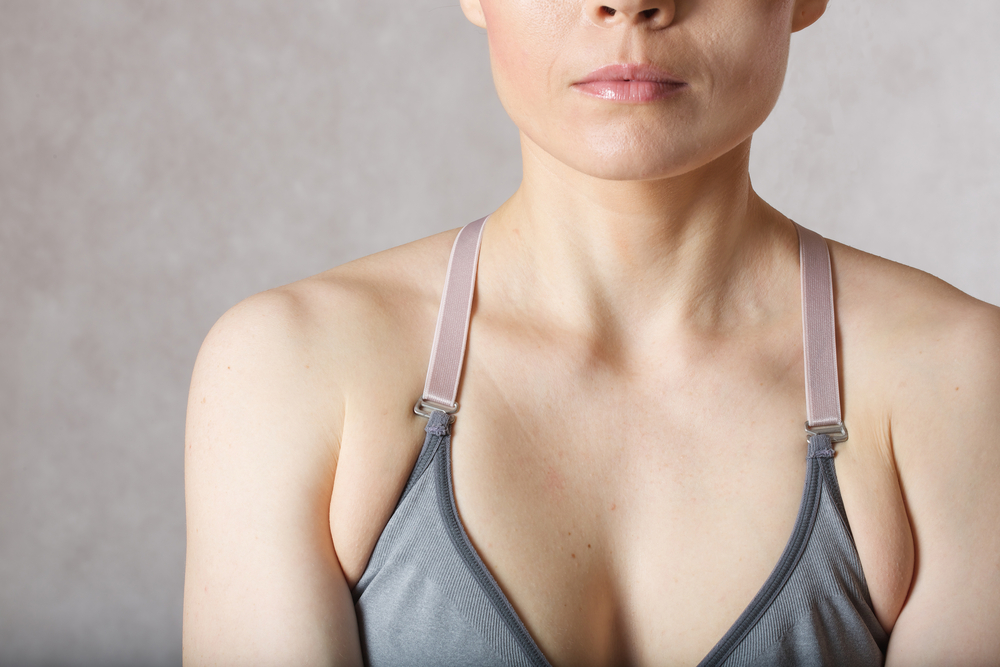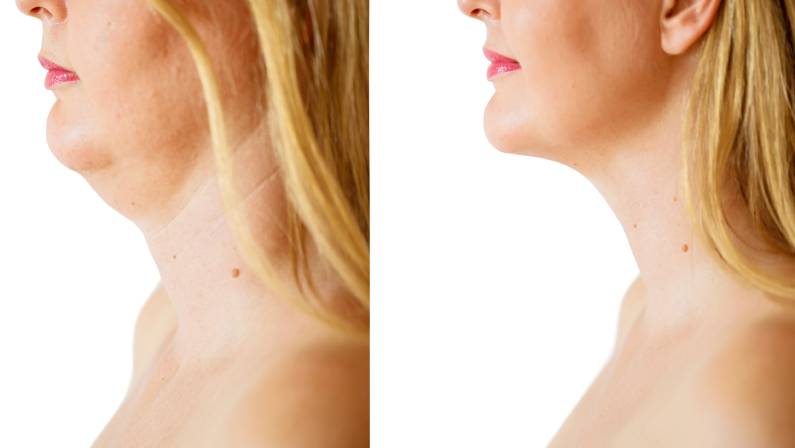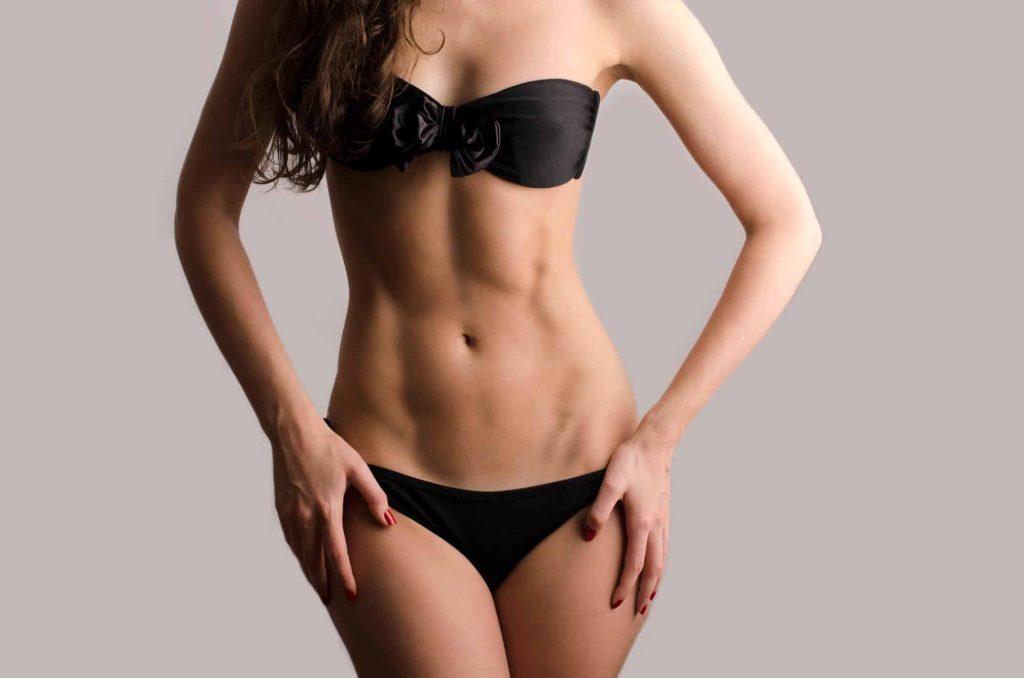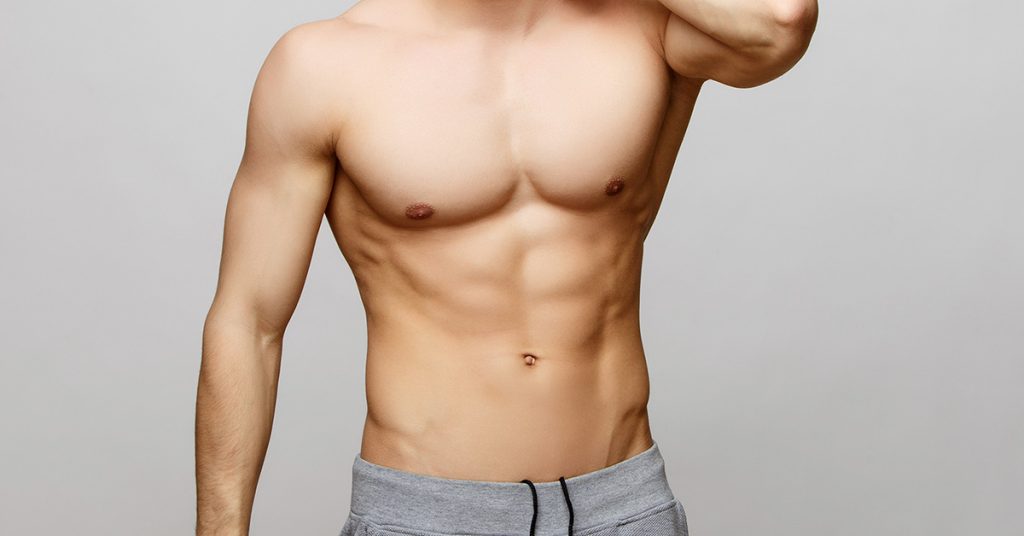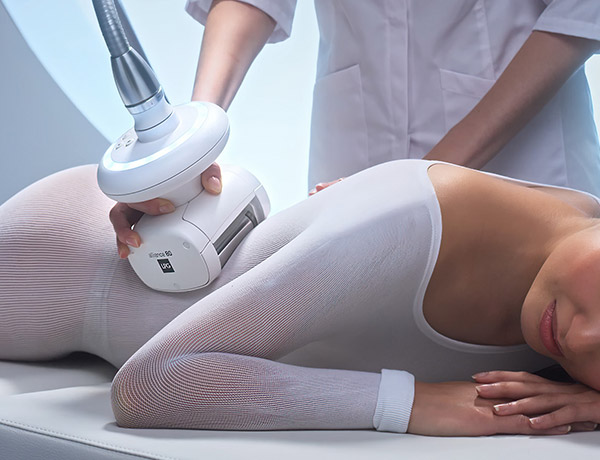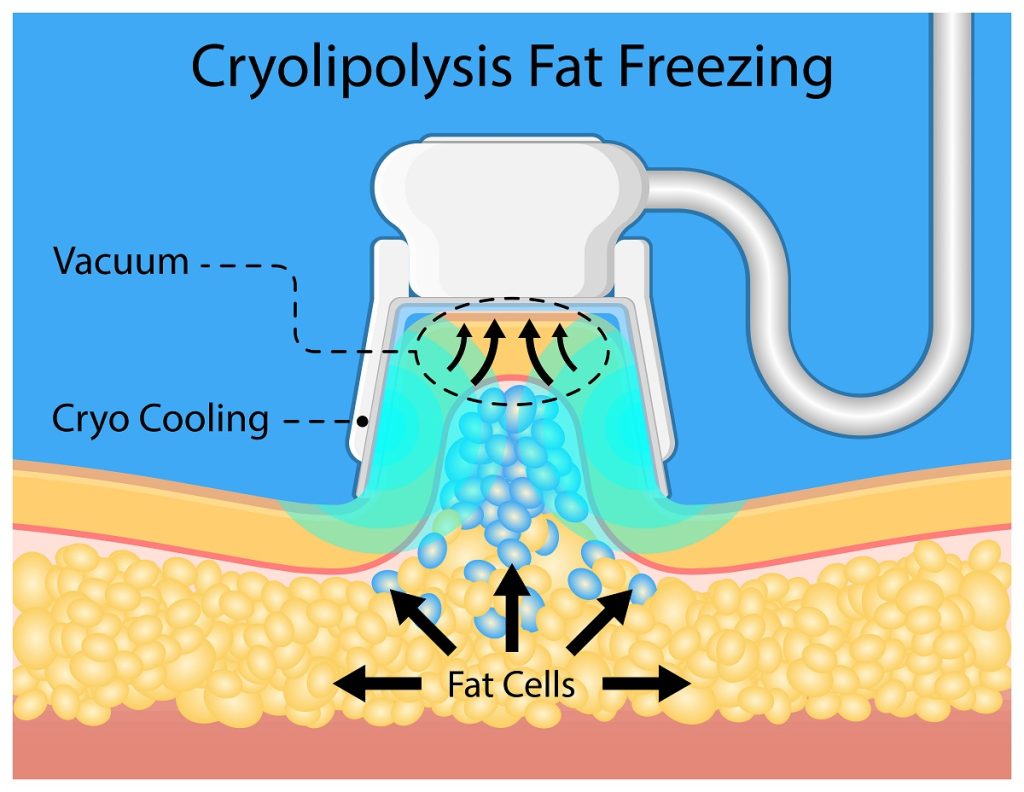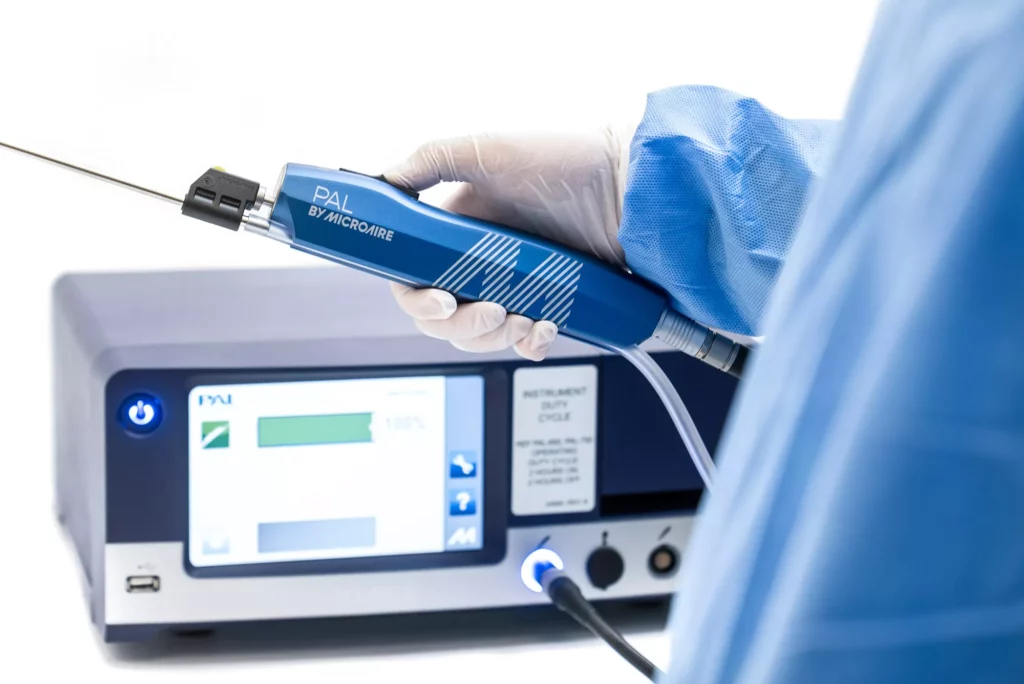Composite breast augmentation combines the benefits of natural looking implants and fat grafting in cases. This method offers a more natural look compared to traditional breast augmentations and cosmetic breast surgery techniques. Many women seek fuller breasts through lipoimplant augmentation but worry about the artificial feel of implants, considering innovative fat grafting techniques and fat grafting procedures in cases. Composite augmentation, which references breast implantation and uses instrumentation breast implantation, addresses those concerns by blending both approaches for a balanced result.
With this innovative breast augmentation technique, you can achieve enhanced volume while maintaining a soft texture using a composite breast augmentation tool. It’s perfect for those wanting to avoid the typical pitfalls of standard procedures in primary breast augmentation and composite breast augmentation surgery. This post will explore the advantages, recovery process, and what to expect from composite breast augmentation. Get ready to discover how this method can transform your body and boost your confidence.
What is Composite Breast Augmentation
Definition
Composite breast augmentation combines two methods: fat injections and implants. Surgeons use this technique to enhance breast size and shape. Fat is taken from the patient’s body through liposuction. Then, it is injected into the breasts along with the placement of silicone or saline implants. This dual approach offers a unique solution for women seeking fuller breasts.
Versatile Approach
This method provides a more versatile approach to breast enhancement. Patients can achieve a customized look that fits their body better. The combination allows surgeons to adjust volume and contour precisely. With both fat and implants, adjustments are easier. Surgeons can create a more natural feel and look compared to using implants alone.
Correcting Imperfections
Composite breast augmentation also helps correct minor imperfections. Some women may have uneven breasts or want to improve their overall shape. The added fat can smooth out irregularities. It fills in areas where implants might not provide enough coverage. For example, if a woman has a slight asymmetry, the fat grafting can balance it out effectively.
Enhancing Natural Appearance
The technique enhances the natural appearance of the breasts. Many patients prefer a softer look that feels more like natural tissue. Fat injections help achieve this softness around the implant edges. This results in less visible scarring and a more seamless blend with existing breast tissue.
Benefits
-
Natural Feel: The combination of fat and implants gives a softer touch.
-
Customizable Volume: Patients can choose how much enhancement they desire.
-
Minimized Scarring: Fat injections often leave smaller scars compared to traditional methods.
-
Improved Contour: The method can create better overall shapes than implants alone.
-
Dual Correction: It addresses both volume increase and minor aesthetic concerns.
Surgeons often recommend this procedure for women who want more than just size increases. It suits those looking for subtle changes while maintaining a natural look.
Considerations
Despite its benefits, composite breast augmentation requires careful planning. Surgeons evaluate each patient’s body type and goals before proceeding. They discuss potential risks associated with both fat grafting and implants.
Techniques in Composite Breast Augmentation
Fat Harvesting
Fat grafting plays a key role in composite breast augmentation. This process begins with harvesting fat from areas like the thighs or arms. Surgeons use liposuction to extract fat cells efficiently. This minimally invasive technique removes excess fat while contouring the donor area.
After harvesting, the fat is collected in a sterile container for purification. The goal is to isolate healthy fat cells from other fluids and debris. This ensures that only viable cells are used for injection.
Fat Purification
Once harvested, the fat undergoes purification. Surgeons use specialized equipment to separate the fat from blood and oil. This step is crucial for successful grafting. Purified fat has a higher survival rate when injected into the breast.
After purification, the fat is placed into syringes ready for injection. The surgeon prepares to inject the purified fat into specific areas of the breast. This technique allows for more natural shaping and volume.
Injection Process
Surgeons carefully inject the purified fat into the breast tissue. They often use multiple injection points for even distribution. This method helps achieve a smooth and natural appearance. The injected fat integrates with existing breast tissue over time.
The combination of implants and fat provides benefits. Implants add volume while fat enhances contour and softness. This technique is especially beneficial for thin patients who may lack sufficient breast tissue.
Implant Placement
Implants are typically placed partially under the pectoralis muscle during surgery. This placement helps create a natural look and feel. It also reduces the risk of complications, such as visible edges of the implant.
Surgeons assess each patient’s anatomy before deciding on placement techniques. Factors like skin quality and body type influence their decision. The goal is to achieve optimal results tailored to each individual.
Innovative Techniques
Recent advancements have led to innovative fat grafting techniques. These methods improve fat survival rates and overall results. For example, some surgeons now utilize a dual-plane approach for implant placement.
This technique combines both subglandular and submuscular placements, enhancing aesthetic outcomes. Surgeons continuously refine these techniques based on new research and patient feedback.
Ideal Candidates
Inadequate Cleavage
Women with inadequate cleavage often seek composite breast augmentation. This procedure enhances their appearance by providing a more balanced look. Many of these women find that traditional augmentation methods do not meet their needs. They want a natural-looking result that feels and looks real.
Narrow or tubular breasts are another reason women consider this option. The surgery can reshape the breast to achieve a fuller and more appealing look. After the procedure, many women report increased confidence in their bodies.
Correcting Asymmetry
Breast asymmetry is common among women. Some have one breast larger than the other, leading to self-consciousness. Composite breast augmentation helps correct this issue effectively. Women who desire a more symmetrical look benefit greatly from this surgery.
This method allows for tailored solutions based on individual needs. Surgeons can adjust the size and shape of each implant to achieve balance. Many women appreciate the personalized approach to their specific concerns.
Increasing Fullness
e women wish to increase fullness in the upper chest area. This desire often stems from age or weight loss. Composite breast augmentation can restore lost volume, making the breasts appear fuller and more youthful.
Women often feel that increased fullness improves their overall body proportion. This change can enhance their confidence in various clothing styles. A well-proportioned figure often leads to a boost in self-esteem.
Athletically Active Women
Very athletically active women may also find this procedure beneficial. They often face challenges with traditional implants, such as animation deformities. These deformities occur when implants move unnaturally during physical activities.
Composite breast augmentation provides a solution to this problem. It uses both implants and fat grafting techniques, allowing for a more natural movement. Active women can enjoy sports without worrying about visible implant movements.
The flexibility of this surgical option makes it appealing for those who lead an active lifestyle. They can maintain their athletic pursuits while achieving desired results.
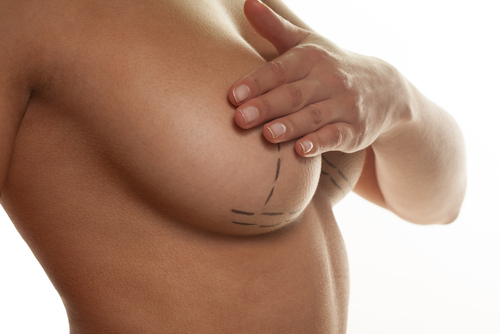
Benefits of Composite Breast Augmentation
Natural Appearance
Composite breast augmentation combines fat injections with traditional implants. This method results in a more natural-looking breast enhancement. The fat adds softness and fullness, making the breasts feel more real. Many women prefer this technique because it mimics the natural breast tissue closely.
Fat injections can also fill in areas that implants alone might not cover well. This process can create a smoother contour. It helps eliminate the hard edges sometimes associated with implants. Overall, patients often report better satisfaction with their breast enhancement results.
Correcting Asymmetry
Breast asymmetry is common among women. Some may have one breast larger than the other. Composite augmentation offers a solution to this issue. The combination of fat grafting and implants allows for precise adjustments.
Surgeons can use fat injections to enhance the smaller breast. They can also add volume to the upper portion of the chest. This approach creates a balanced and aesthetically pleasing look. Patients appreciate this tailored procedure because it addresses specific concerns.
Long-Term Maintenance
Breasts change over time due to aging and gravity. Many women experience sagging years after initial surgery. Composite breast augmentation provides a unique advantage here. Fat injections can be used as maintenance touch-ups.
These touch-ups can restore volume and firmness without major surgery. Patients can receive these injections years after their initial procedure. This flexibility allows women to maintain their desired look over time.
Enhanced Fullness
Another benefit of composite breast augmentation is enhanced fullness in the upper chest area. Traditional implants may not provide enough volume in this region alone. The addition of fat enhances this area significantly.
This fuller appearance can boost confidence and self-esteem. Many women feel more comfortable in their clothing and swimwear after the procedure.
Hybrid Breast Augmentation Procedure
Liposuction Step
The hybrid breast augmentation procedure starts with liposuction. Surgeons perform this to harvest fat from other body areas. Common sites include the abdomen, thighs, and hips. This method allows for a more natural look by using the patient’s own fat.
Liposuction uses a small tube called a cannula. The surgeon inserts it into the skin to suction out fat cells. The process is minimally invasive and typically requires only local anesthesia. Patients often recover quickly from this step.
Fat Purification and Injection
After harvesting, the next step involves purifying the fat. This ensures that only healthy fat cells are used in the breast augmentation procedure. The purification process removes any excess fluid and debris.
Once purified, surgeons inject the fat into the breasts. They use a syringe to place the fat precisely where needed. This technique allows for better contouring and volume enhancement. Many patients appreciate the added benefit of body contouring from liposuction as well.
Implant Placement
In addition to using fat, many choose implants during this surgery. Surgeons often place these implants partially under the muscle for optimal results. This placement helps create a more natural appearance compared to traditional breast augmentation procedures.
Breast implants come in various shapes and sizes. Patients can discuss options with their surgeons to find the best fit for their bodies. The combination of implants and fat transfer provides fuller results while maintaining a natural look.
Recovery Process
Recovery from hybrid breast augmentation varies by individual. Most patients experience swelling and bruising after surgery. These symptoms generally subside within a few weeks.
Surgeons advise patients to avoid strenuous activities during recovery. Following post-operative instructions is crucial for achieving the best breast augmentation results.
Advantages of Hybrid Approach
The hybrid approach offers several advantages over ordinary breast augmentation. It combines both fat transfer and implants for improved outcomes. Patients often enjoy enhanced volume without sacrificing natural feel.
This method also reduces some risks associated with traditional breast surgeries. For example, there may be less visible scarring when using fat transfer techniques.
Recovery Process
Typical Timeline
The recovery time for composite breast augmentation typically spans one to two weeks. Patients often experience swelling and bruising during this period. These effects usually peak within the first few days after the procedure. Most individuals can return to light activities after a week. However, full recovery may take several weeks, especially if fat grafting is involved.
During the initial recovery, expect some discomfort. Pain management is crucial. Doctors usually prescribe medication to help with pain and inflammation. Following their instructions can make recovery smoother.
Post-Operative Care
Post-operative care plays a vital role in recovery. It’s essential to follow the surgeon’s guidelines closely. This includes wearing a supportive bra for several weeks post-surgery. Such support helps reduce movement and promotes healing.
Avoid strenuous activities for at least four to six weeks. Activities like heavy lifting or intense workouts can strain the surgical site. These actions might lead to complications such as increased swelling or even fat resorption.
Hydration is important during recovery. Drinking plenty of water aids in healing and reduces swelling. Eating a balanced diet also supports overall health and recovery.
Follow-Up Appointments
Follow-up appointments are critical for monitoring progress. Surgeons often schedule these visits within one week after surgery. During these appointments, they assess the healing process and check for any signs of complications.
Patients should inform their doctors about any concerns, such as unusual pain or changes in appearance. Regular check-ups allow for timely intervention if issues arise.
Surgeons may also recommend additional treatments based on individual progress. These could include massage therapy or other techniques to improve results.
Overall, understanding the recovery process is essential for successful outcomes in composite breast augmentation. Proper care and attention during this time can significantly enhance results and ensure satisfaction with the procedure.
Potential Risks
Common Risks
Composite breast augmentation carries several potential risks. Infection is one of the most common complications. It can occur after surgery and may require antibiotics or further treatment. Scarring is another concern. The surgical incisions can lead to noticeable scars, which may fade over time but might not disappear completely.
Fat absorption presents additional risks. The body may absorb some of the fat transferred during the procedure. This can affect the results and make it necessary to repeat the fat transfer process. Patients should be aware that not all fat injected will survive, leading to unevenness in the upper portion of the breasts.
Implant Complications
Implants used in composite breast augmentation can also lead to complications. Rupture is a significant risk associated with breast implants. If an implant ruptures, it can cause discomfort and require surgical intervention to replace it. Displacement is another issue where the implant shifts from its original position. This can create an unnatural appearance and may necessitate corrective surgery.
Touch-Up Procedures
Maintaining desired results often requires touch-up procedures. Over time, changes in the body can alter breast shape and volume. Factors such as weight fluctuations or aging can impact how the breasts look after augmentation. Patients may need additional fat injections or even implant adjustments to achieve their goals.
Understanding these potential risks helps in making informed decisions about composite breast augmentation. Discussing concerns with a qualified surgeon is crucial. They can provide detailed information on what to expect during recovery and beyond.
Cost Considerations
Factors Influencing Cost
Cost varies for composite breast augmentation. Several factors influence the overall price. Surgeon’s fees are a major part. Experienced surgeons often charge more due to their skill and reputation. Facility charges also add to the total. These include costs for the surgical center, anesthesia, and post-operative care.
The complexity of the procedure affects pricing as well. More intricate surgeries require more time and resources. This can lead to higher costs. Surgeons may also recommend additional procedures to achieve desired results.
Additional Costs
Liposuction and fat transfer can increase expenses. Many patients choose liposuction to harvest fat from other areas of their body. This process requires careful planning and execution. The cost of liposuction can vary widely based on the area treated and amount of fat removed.
Fat transfer involves injecting harvested fat into the breasts. This technique enhances volume and shape, but it comes with extra costs. Patients should expect these added expenses when considering composite breast augmentation.
Importance of Consultation
Consulting with a surgeon is crucial for understanding costs. A detailed cost estimate helps manage expectations. During the consultation, surgeons provide a breakdown of all potential expenses. They will explain what each charge covers, allowing patients to make informed decisions.
Surgeons also discuss financing options during consultations. Some offer payment plans or financing through third-party companies. Understanding available options makes the procedure more accessible for many individuals.
By discussing all aspects of the procedure, including potential risks mentioned earlier, patients gain a clearer picture of what to expect financially. This transparency builds trust between patients and surgeons.
In summary, various elements contribute to the cost of composite breast augmentation. Surgeon’s fees, facility charges, and additional procedures like liposuction play significant roles in determining total expenses. Consulting with a qualified surgeon provides clarity on costs and helps patients prepare financially for their journey.
Final Remarks
Composite breast augmentation combines implants and fat grafting for a fuller, natural look. This approach offers unique benefits, from enhanced volume to improved contour. Ideal candidates can enjoy a tailored experience that meets individual goals.
Understanding the procedure, recovery, and costs is crucial for informed decisions. If you’re considering this option, consult with a qualified specialist to explore your choices. Your journey to enhanced confidence starts now. Take the next step toward achieving the look you desire!
Frequently Asked Questions
What is composite breast augmentation?
Composite breast augmentation combines implants and fat grafting to enhance breast volume and shape. This technique offers a more natural look and feel compared to traditional implants alone.
Who are the ideal candidates for composite breast augmentation?
Ideal candidates are women seeking enhanced breast size with a natural appearance. They should have enough body fat for grafting and realistic expectations about the results.
What are the benefits of composite breast augmentation?
Benefits include improved breast contour, natural feel, reduced risk of complications associated with implants alone, and the ability to correct asymmetry effectively.
How does the hybrid breast augmentation procedure work?
The hybrid procedure involves placing silicone implants while simultaneously injecting harvested fat into the breast tissue. This method enhances volume and provides a softer finish.
What is the recovery process like after composite breast augmentation?
Recovery typically involves swelling and bruising, lasting a few weeks. Most patients return to normal activities within a week but should avoid strenuous exercise for several weeks.
Are there any potential risks associated with composite breast augmentation?
Potential risks include infection, scarring, fat necrosis, or changes in nipple sensation. Discuss these risks with your surgeon to make an informed decision.
What are the cost considerations for composite breast augmentation?
Costs vary based on geographic location, surgeon expertise, and facility fees. Generally, it may be higher than traditional augmentation due to the complexity of the procedure.





